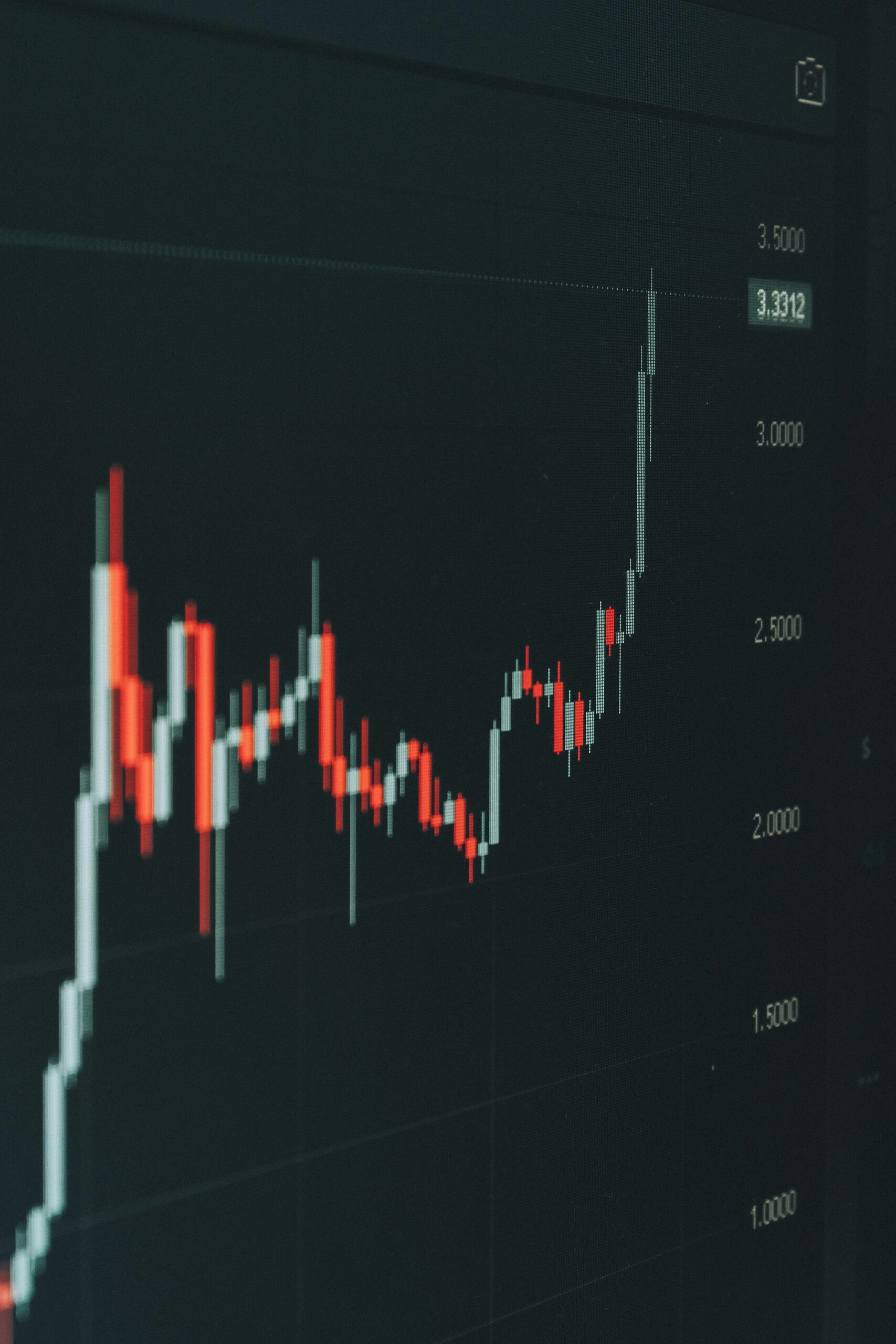
Market inefficiencies occur when asset prices do not fully reflect all available information. For investors, this provides opportunities to profit by identifying these discrepancies. Often, inefficiencies arise due to a lack of information, psychological biases, or market overreaction to news events. As a result, prices may deviate from their actual value, offering an opening for strategic investments.
By spotting market inefficiencies, investors can make smarter decisions and capitalize on mispriced stocks, bonds, or commodities. To understand how these inefficiencies arise, it’s essential to explore market behavior and how news, trends, and other external factors influence prices. Recognizing these patterns allows you to leverage them effectively for better returns.
Identifying Market Inefficiencies through Data
One of the most powerful tools for identifying market inefficiencies is data analysis. Financial data, including price trends, trading volumes, and historical patterns, can reveal valuable insights about market behavior. By analyzing this data, investors can spot discrepancies in price movements and predict potential corrections.
Using fundamental analysis, such as evaluating a company’s financial health, is another effective strategy. If a company’s stock price does not align with its underlying fundamentals, there is likely a market inefficiency. On the other hand, technical analysis, which focuses on price movements and volume trends, can reveal patterns that suggest mispricing. Combining both approaches gives investors a comprehensive view of potential inefficiencies.
Psychological Factors Behind Market Inefficiencies
Psychological factors play a significant role in creating market inefficiencies. Investors often let emotions such as fear and greed guide their decisions, leading to overreactions or underreactions to news. This can cause stock prices to swing wildly, sometimes far from the company’s actual value.
For instance, when a company experiences a temporary setback, such as a drop in quarterly earnings, panic can cause its stock to plunge. However, the market may overreact, creating an opportunity for savvy investors who recognize that the decline is only temporary. By remaining level-headed and analyzing the situation objectively, investors can take advantage of these inefficiencies.
How Market Events Create Inefficiencies
Significant events can quickly disrupt market stability, leading to inefficiencies. This could include geopolitical crises, natural disasters, or even unexpected changes in government policies. These events often trigger fear or uncertainty, resulting in irrational price fluctuations across various markets.
A sharp drop in the stock market, for example, can create a temporary mispricing of stocks. Investors may panic-sell without considering the long-term potential of companies. However, those who can look beyond the short-term volatility and identify solid investments may find great opportunities in the aftermath. Understanding how market events lead to these inefficiencies is crucial for capitalizing on them.
Leveraging Technology to Spot Market Inefficiencies
Technology has revolutionized the way investors identify market inefficiencies. Advanced algorithms, machine learning, and artificial intelligence can analyze massive datasets at lightning speed, spotting patterns that human analysts might miss. These technologies can be invaluable for detecting subtle market inefficiencies in real time.
Furthermore, automated trading systems use these insights to execute trades swiftly and precisely. By incorporating technology into your investment strategy, you can spot and take advantage of inefficiencies that would otherwise go unnoticed. However, it’s essential to combine this technology with human judgment for the best results.
Building a Strategy to Exploit Market Inefficiencies
Once you’ve identified market inefficiencies, it’s crucial to develop a strategy to exploit them effectively. This means acting quickly to capitalize on mispriced assets before the market corrects itself. Timing is critical in such situations, as market inefficiencies tend to be short-lived.
Diversifying your investments can also help mitigate risks when taking advantage of these opportunities. By spreading your investments across various assets and sectors, you can reduce the potential impact of an inefficiency correction. Additionally, setting stop-loss orders ensures that your losses are minimized if the market doesn’t behave as expected.
Managing Risks When Exploiting Market Inefficiencies
While identifying market inefficiencies can be profitable, it’s essential to manage risks effectively. The market can remain inefficient longer than expected, and there’s always a chance that your predictions may be wrong. Therefore, using risk management strategies, such as stop-loss orders and position sizing, helps protect your capital from significant losses.
Moreover, it’s important to continually reassess your strategies and adjust them as market conditions evolve. Flexibility and constant learning are vital in making sure you stay ahead of market trends. By doing so, you can increase the chances of profiting from market inefficiencies while minimizing the risk of loss.
Understanding how to identify and exploit market inefficiencies is an essential skill for any savvy investor. Whether using data analysis, recognizing psychological biases, or leveraging technology, there are several ways to spot opportunities that the market may overlook. Moreover, having a solid strategy and robust risk management plan is key to capitalizing on these inefficiencies. By continually refining your approach and staying informed about market developments, you can position yourself for smarter, more profitable investments.